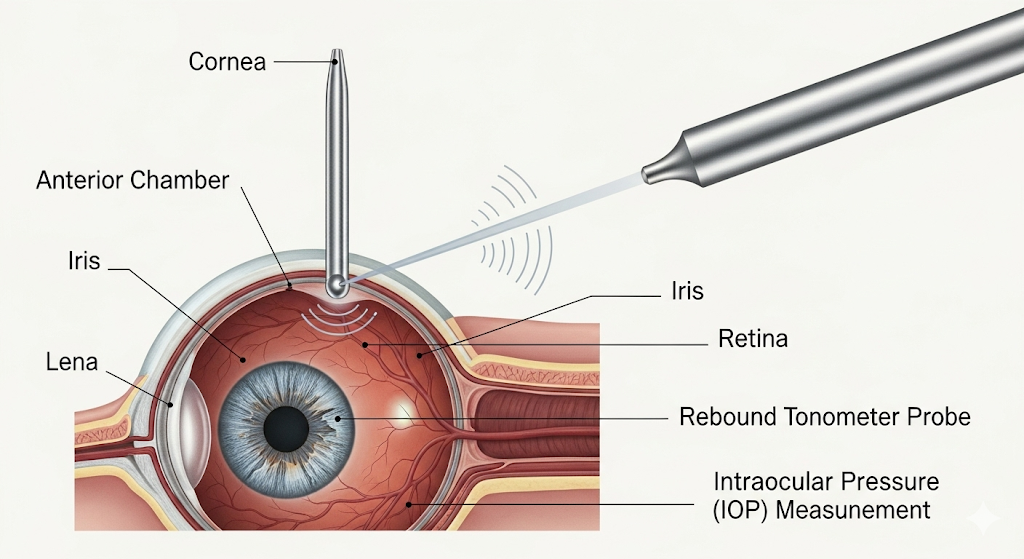
Rebound Tonometers: Efficient IOP Screening for Global Eye Clinics
2025-09-03 14:18Introduction
Glaucoma is one of the leading causes of irreversible blindness worldwide, often progressing silently until advanced stages. Early detection of intraocular pressure (IOP)—a primary risk factor—is crucial for effective management.
Rebound tonometers are transforming IOP screening by offering accurate, portable, and patient-friendly solutions. For hospitals, private eye clinics, and global distributors, rebound tonometry represents a practical and cost-effective way to expand glaucoma care services.
What is a Rebound Tonometer?
A rebound tonometer is a handheld device that uses a small, lightweight probe to gently contact the cornea and measure IOP. Unlike traditional methods, rebound tonometry requires no anesthetic drops, no air puff, and no complex setup, making it highly suitable for fast-paced clinical environments and community screenings.

Clinical Benefits of Rebound Tonometry
1. Accuracy & Reliability
Provides highly reproducible results comparable to Goldmann applanation tonometry.
Effective across diverse patient populations, including children and elderly patients.
2. Non-Invasive & Patient-Friendly
No need for corneal anesthesia or direct air pressure.
Minimizes patient discomfort, especially for first-time or sensitive patients.
3. Portability & Flexibility
Compact and lightweight design enables use in outpatient clinics, rural healthcare settings, and mobile screening programs.
Ideal for mass glaucoma screening initiatives in both developed and emerging regions.
Advantages for Eye Clinics
Efficiency: Faster patient throughput with simplified operation.
Accessibility: Useful for pediatric and geriatric patients, who may resist traditional tonometry.
Integration: Complements existing ophthalmology workflows without major infrastructure changes.
Improved patient satisfaction with painless testing.
Opportunities for Medical Distributors
The demand for accessible glaucoma screening tools is growing rapidly, particularly in regions with limited access to advanced ophthalmic care. For distributors, rebound tonometers represent:
High-demand product in both urban and rural eye care markets.
Versatility: Suitable for hospitals, private clinics, and vision screening programs.
Attractive business potential with affordable pricing and widespread applicability.
Distributors who introduce rebound tonometry solutions can position themselves as leaders in ophthalmology innovation and preventive eye care.
Conclusion
Rebound tonometers are reshaping how intraocular pressure is measured, making glaucoma screening more efficient, accessible, and patient-friendly. For clinics, they enhance diagnostic capabilities and patient satisfaction. For distributors, they present a strong growth opportunity in the expanding ophthalmic device market.
Rebound tonometry is not just an alternative—it is the future of global glaucoma screening.

